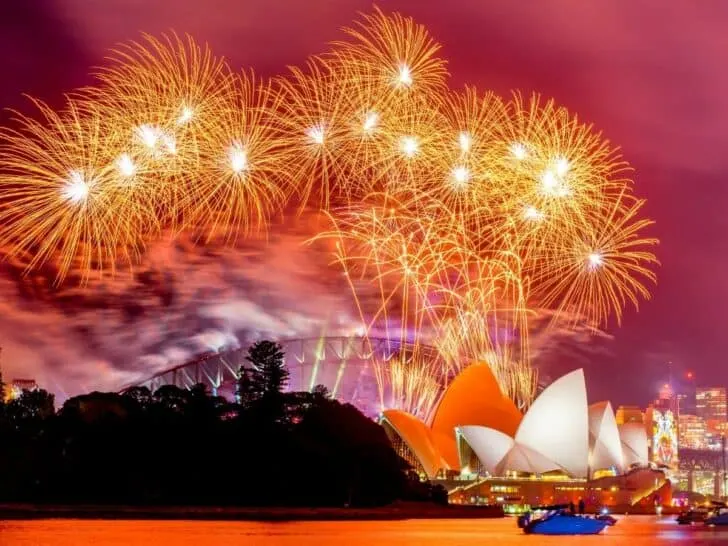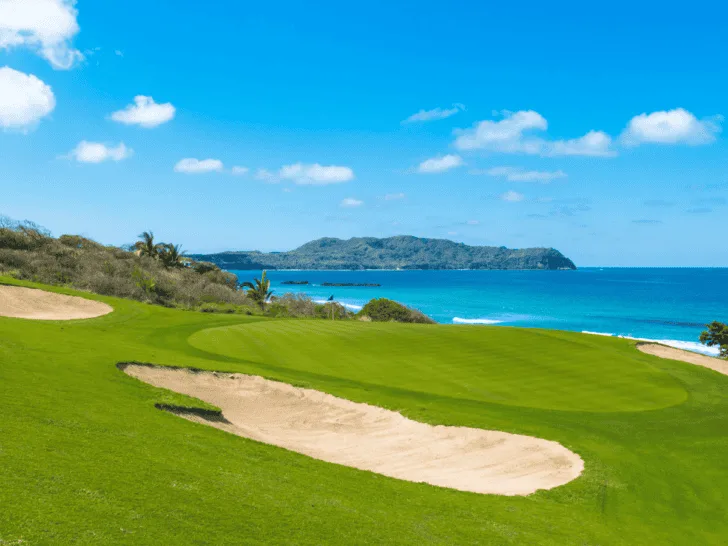Some of the world’s most famous natural wonders, such as the lush Amazon Rainforest and the ancient Dead Sea, may be gone before your lifetime.
Climate change, pollution, and human interference are taking their toll on at-risk locations across the globe.
These natural attractions are disappearing before your eyes.
The Alps
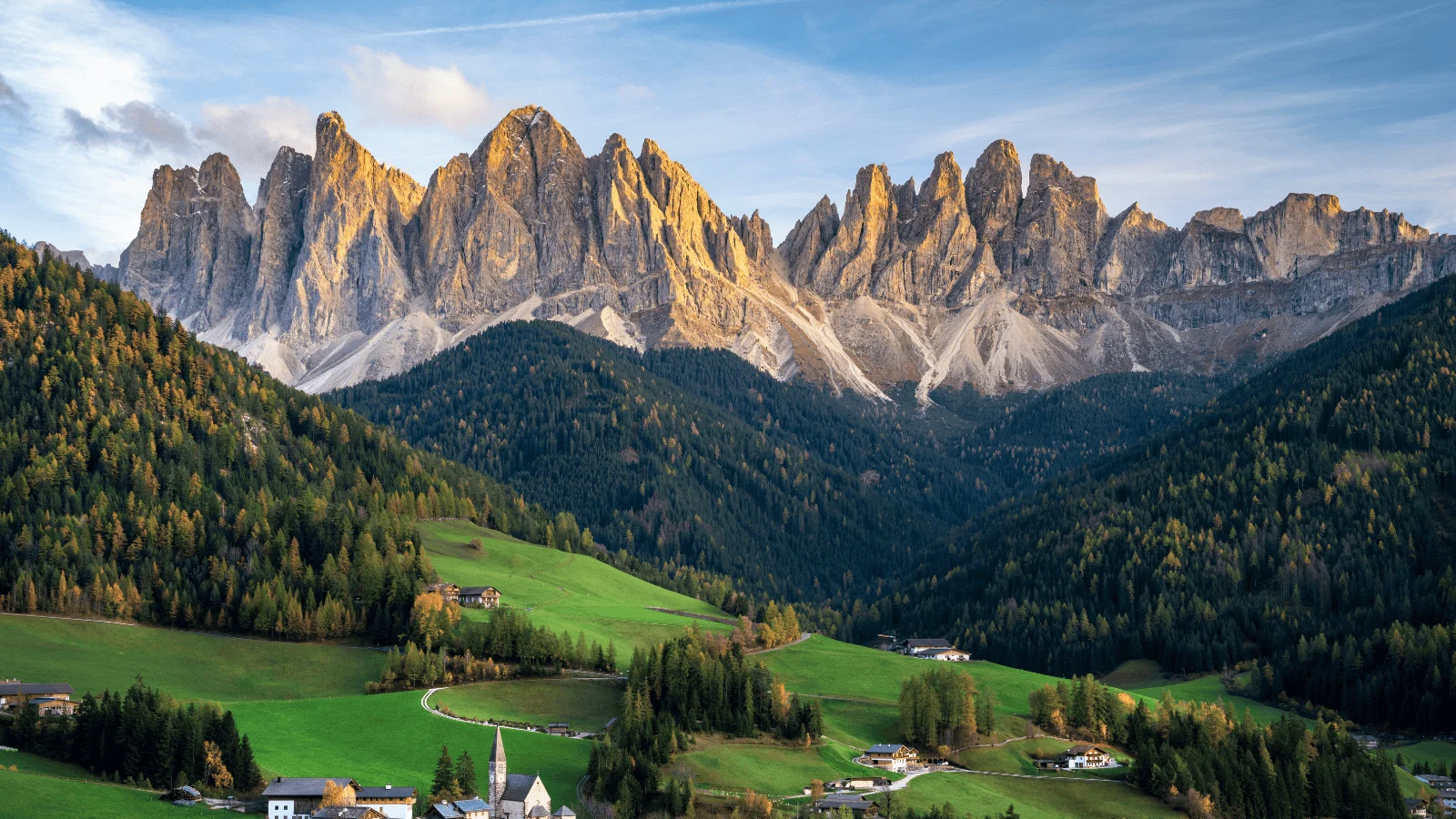
Climate change significantly impacts the environment of the Alps mountain range. Increased temperatures result in glacier and snowpack loss throughout the mountainous region. The global warming crisis directly affects native plants and wildlife that must contend with droughts and hot conditions.
Dead Sea
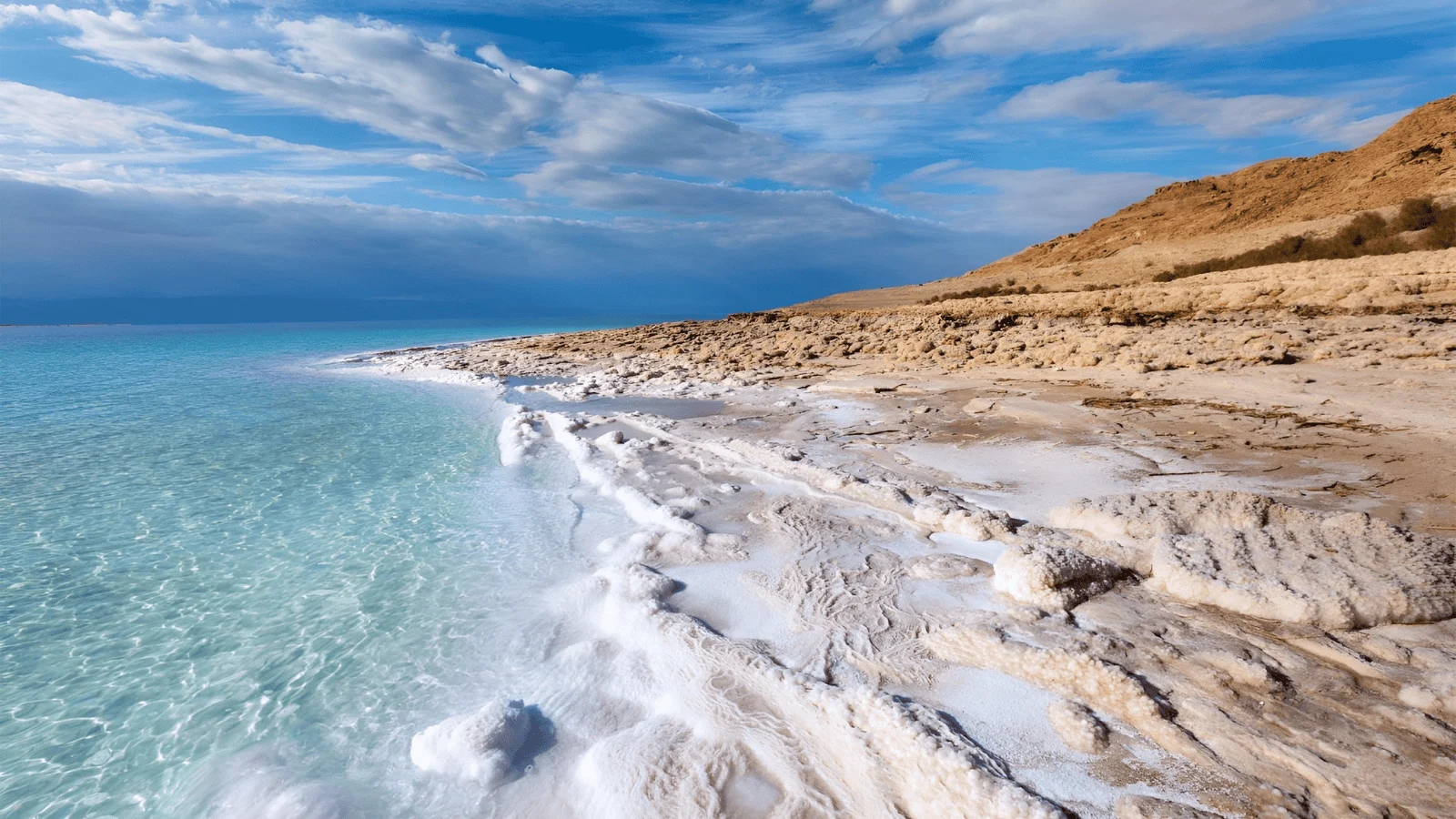
The Dead Sea is a large salt lake between Jordan and Israel. It’s famous for its incredibly high salinity levels and being the lowest-elevation body of water on the planet. Sadly, this natural wonder won’t exist forever—NPR reports that the Dead Sea’s water level shrinks almost four feet annually.
Maldives
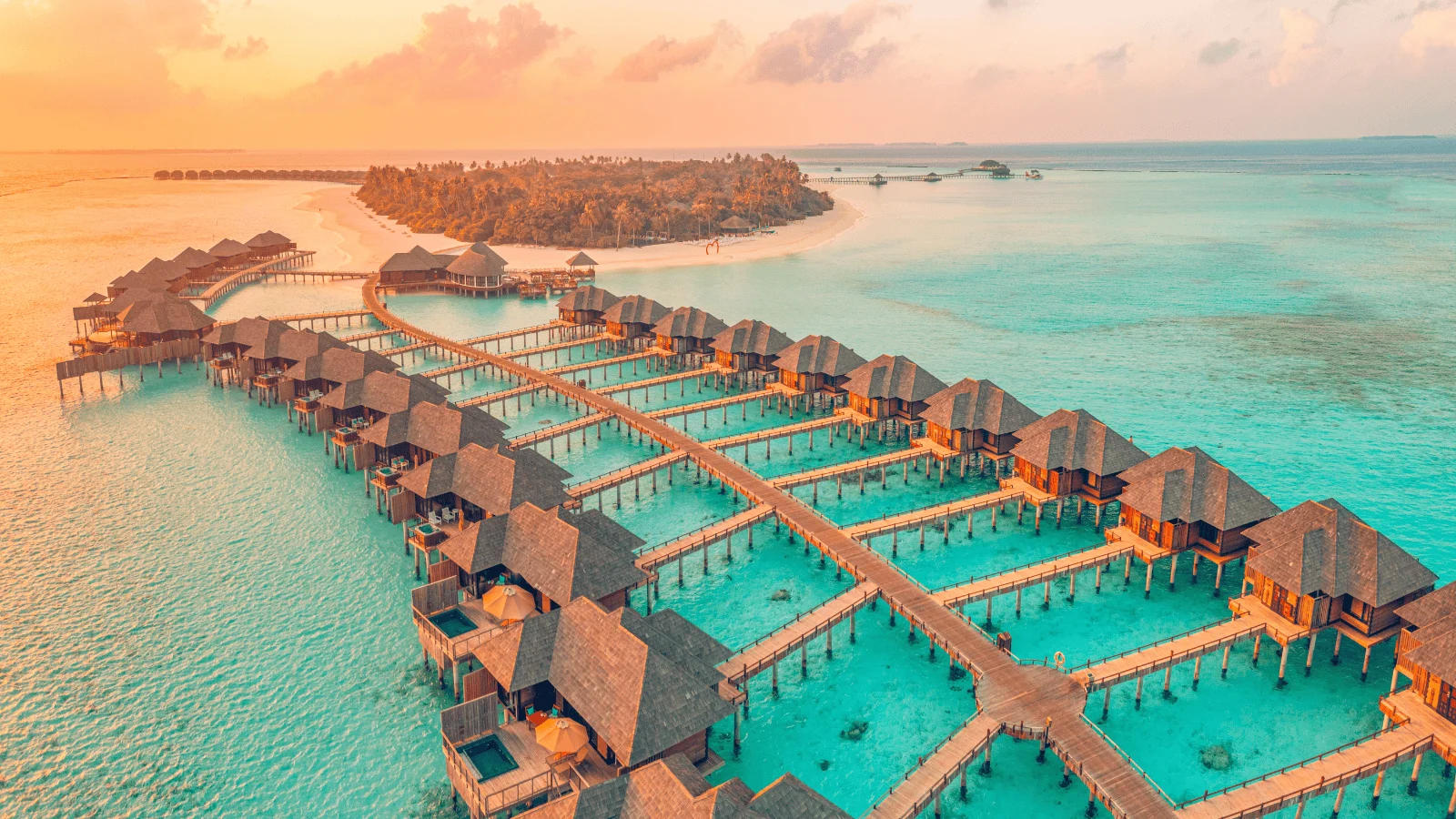
Taking a luxury vacation to the Maldives could soon become a once-in-a-lifetime opportunity. This South Asian island country is highly vulnerable to global warming, flooding, and severe tidal waves. The World Health Organization warns that even a one-meter increase in sea levels could submerge up to 80% of the country’s land area.
Glacier National Park
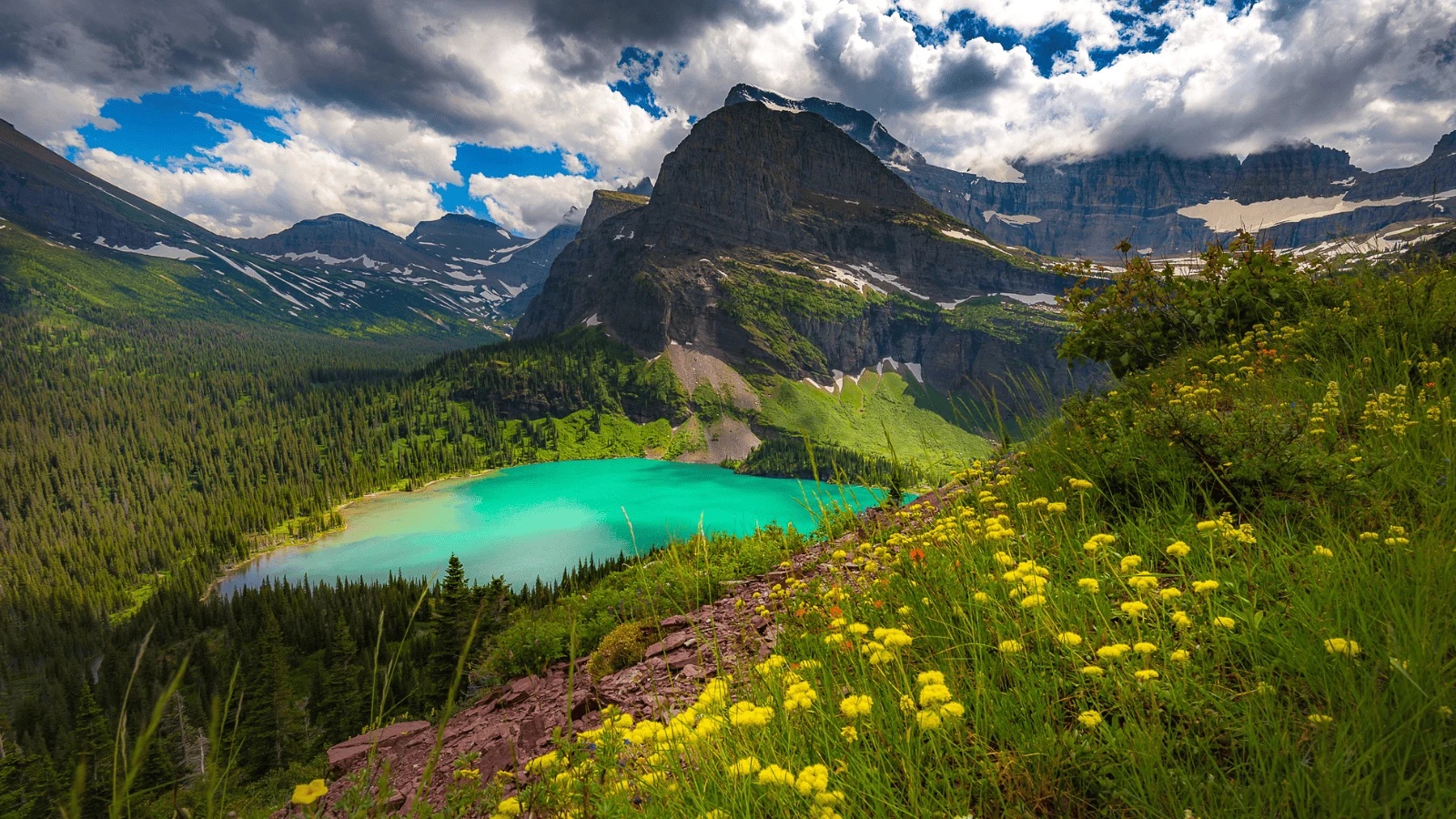
According to the National Park Service, Glacier National Park warms twice as quickly as the global average. While the park is famous for its wildlife watching and glaciers, these ice features are shrinking yearly.
Glacier National Park has also been experiencing more frequent wildfires due to climate change since the 1980s. Experts fear these environmental concerns will irreversibly damage this iconic national park.
Salar de Uyuni
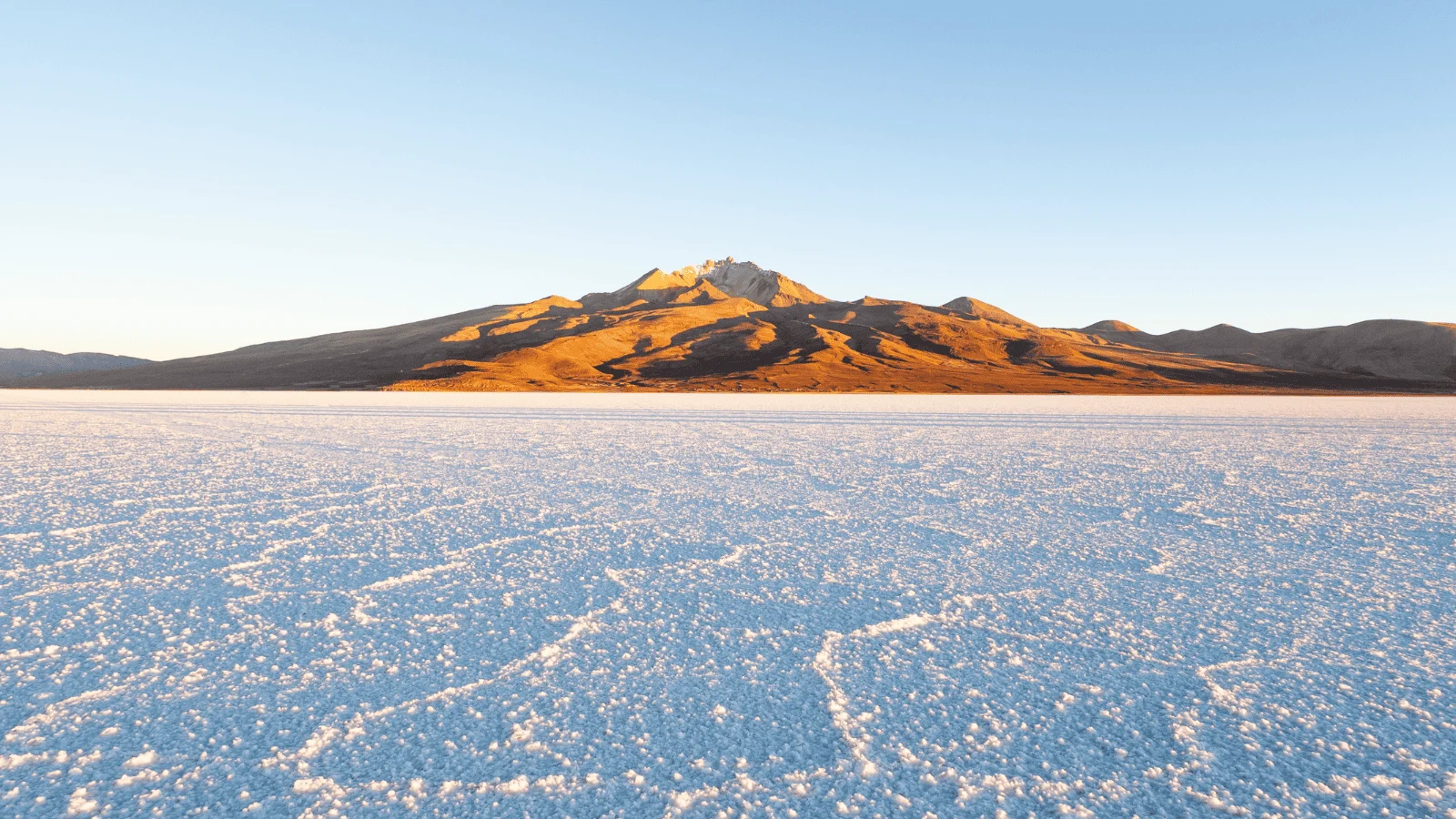
Bolivia boasts the world’s largest salt flat and lithium source, the over 4,000-square-mile Salar de Uyuni. Many conservationists worry that the salt flat will suffer as lithium mining becomes more prevalent.
Lithium extraction requires massive amounts of water, which is already scarce in the harsh desert. The lithium industry and Bolivia’s government must responsibly manage the Salar de Uyuni if they hope to preserve it for future generations.
Mount Kilimanjaro
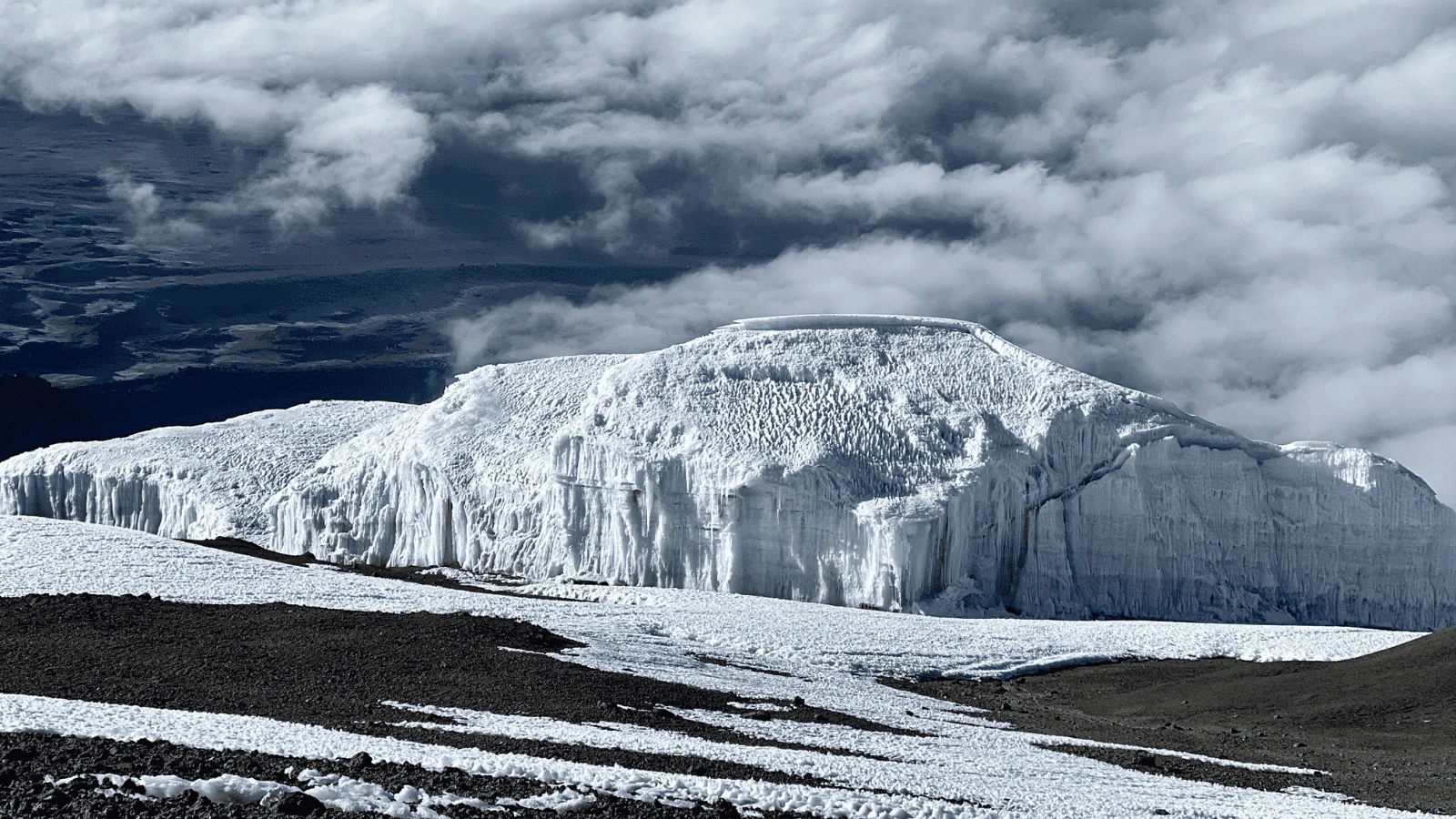
Mount Kilimanjaro, one of the world’s tallest mountains, will likely look quite different in the next few decades. According to a 2023 UNESCO study, rising global temperatures significantly affect the mountain’s glaciers. It estimates that these glaciers will entirely disappear by 2050, even if global powers take strides to reduce CO2 emissions.
Congo Basin
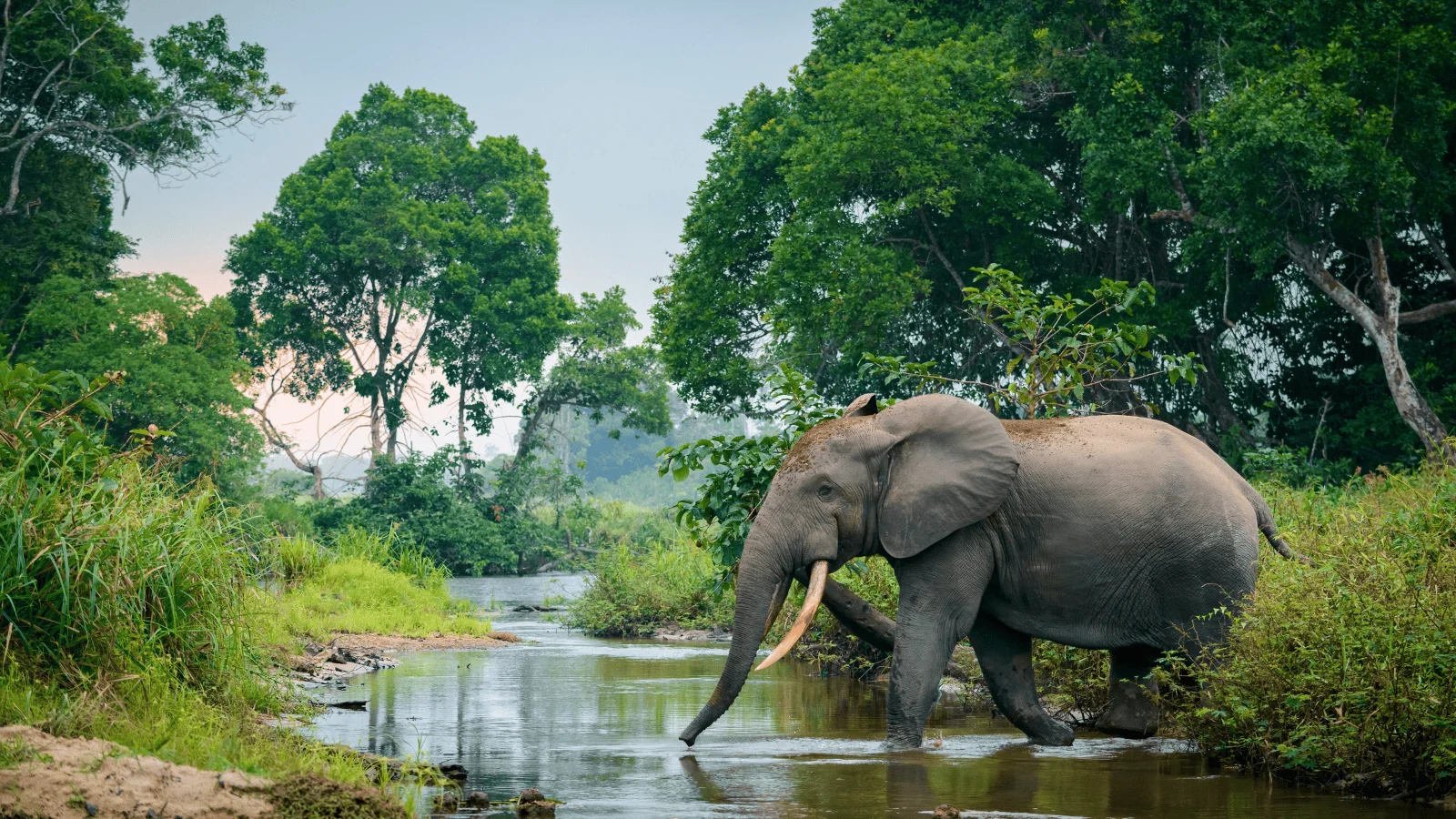
Industrial agriculture is one of the biggest threats facing the Congo Basin forests. This diverse African rainforest region is home to roughly 10,000 plant species and animals, including gorillas and elephants. Unfortunately, deforestation caused by the production of palm oil, rubber, and other materials destroys these species’ natural habitats.
Patagonia Icefields
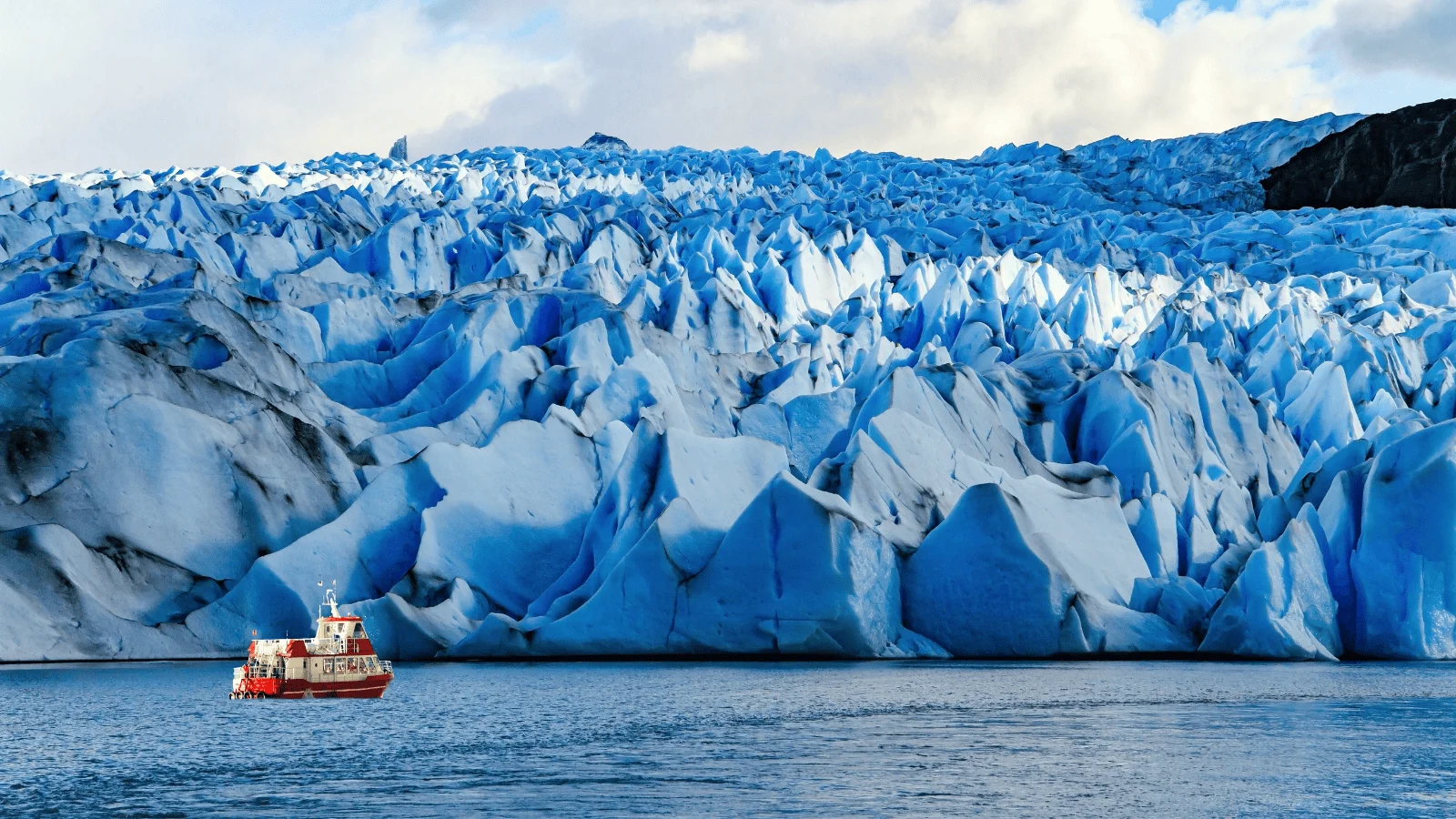
In 2000, Patagonia’s Northern and Southern Icefields covered an area roughly the size of metropolitan Paris. Since then, the expansive areas of ice have been melting alarmingly fast. Glacial retreating in Patagonia affects the local community and the globe, as its melting ice contributes to rising sea levels.
Galapagos Islands
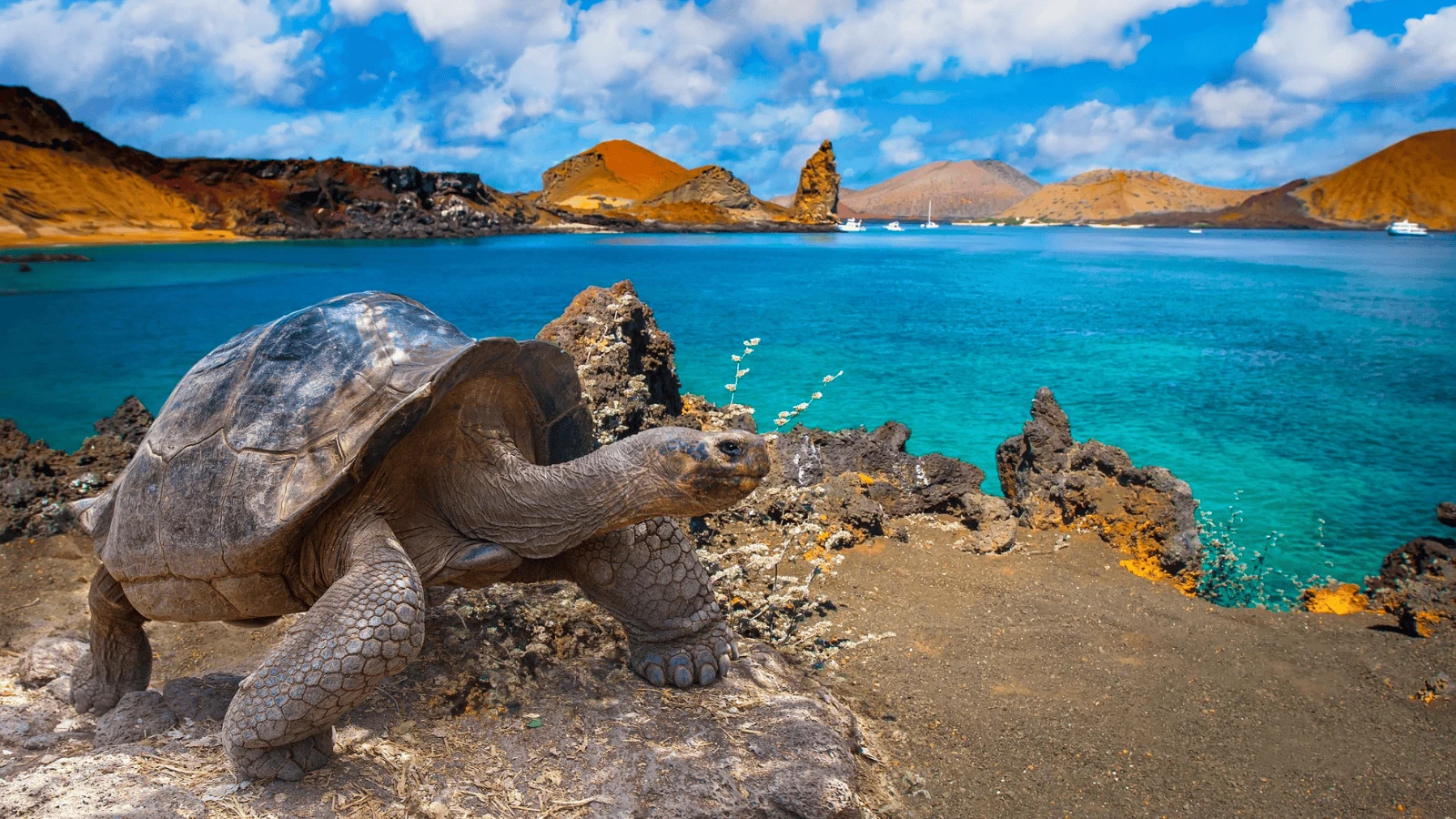
Ecuador’s Galapagos Islands have drastically changed in the centuries since their discovery. Increased tourism throughout the 1900s has strained the fragile natural area, home to many endangered species. Overfishing, infrastructure development, and invasive plants and animals threaten to ruin the Galapagos Islands beyond repair.
Great Barrier Reef
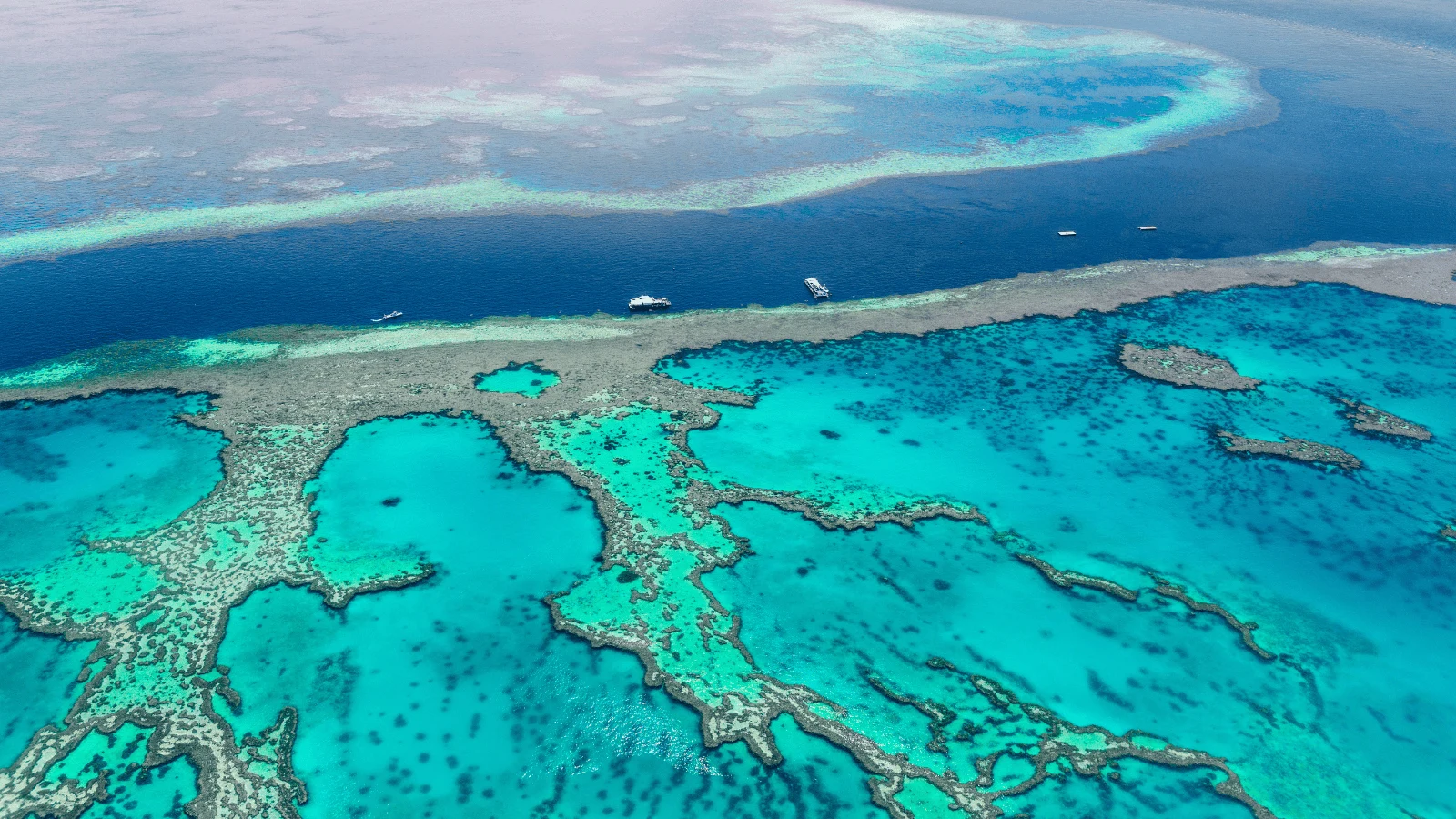
Cross Australia’s Great Barrier Reef off your bucket list before it’s too late. The world’s largest reef comprises thousands of individual reef systems and islands.
Due to recent heatwaves, the Great Barrier Reef has suffered from extensive coral loss and bleaching. Future heatwaves could destroy the reef’s delicate ecosystem once and for all.
Antarctica
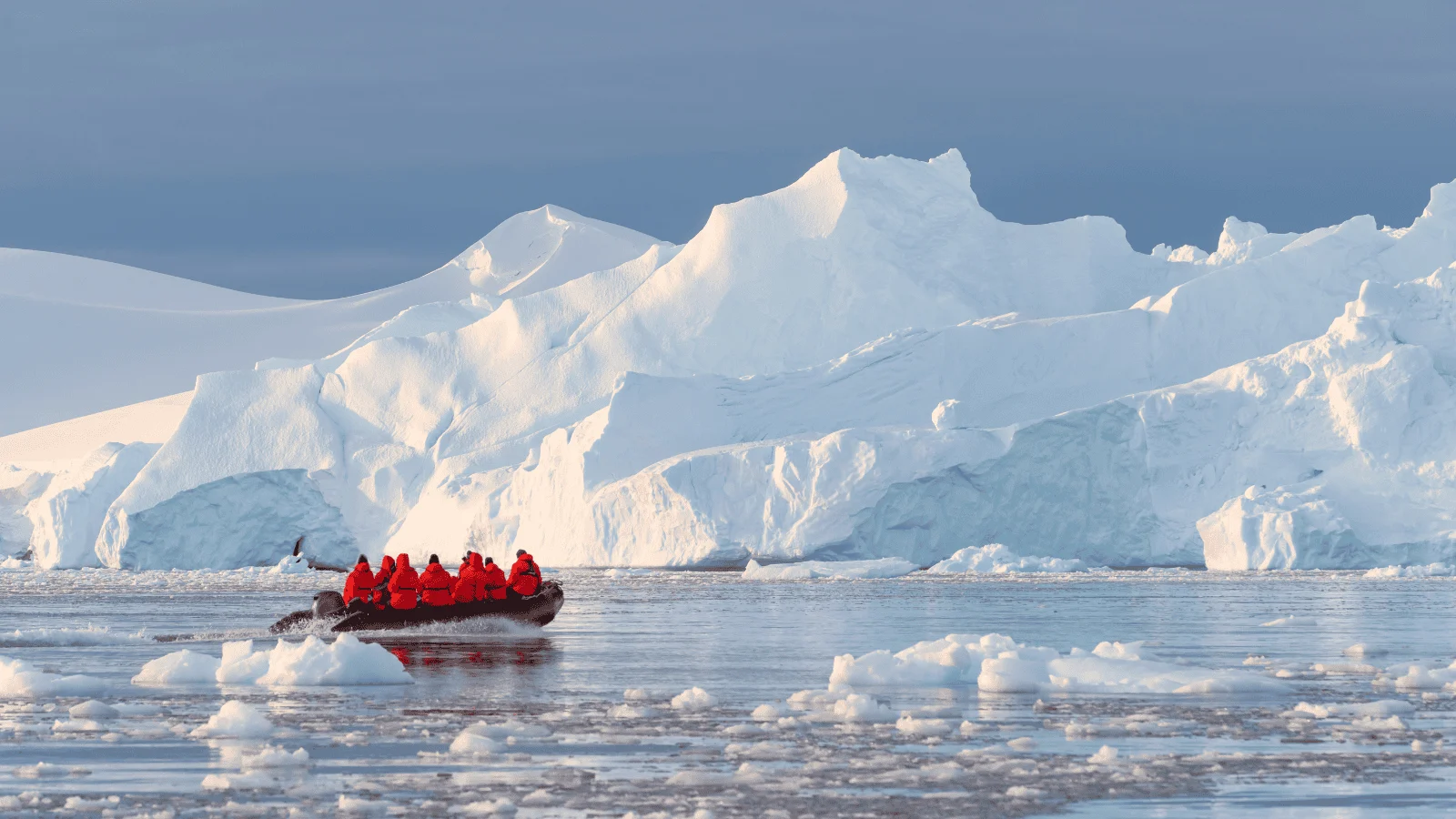
Antarctica could become entirely unrecognizable in the upcoming decades. Pollution and climate change are just some issues damaging its unique environment. As Antarctica’s tourism industry grows and global warming concerns become more pressing, the remote destination and its native species pay the price.
Amazon Rainforest
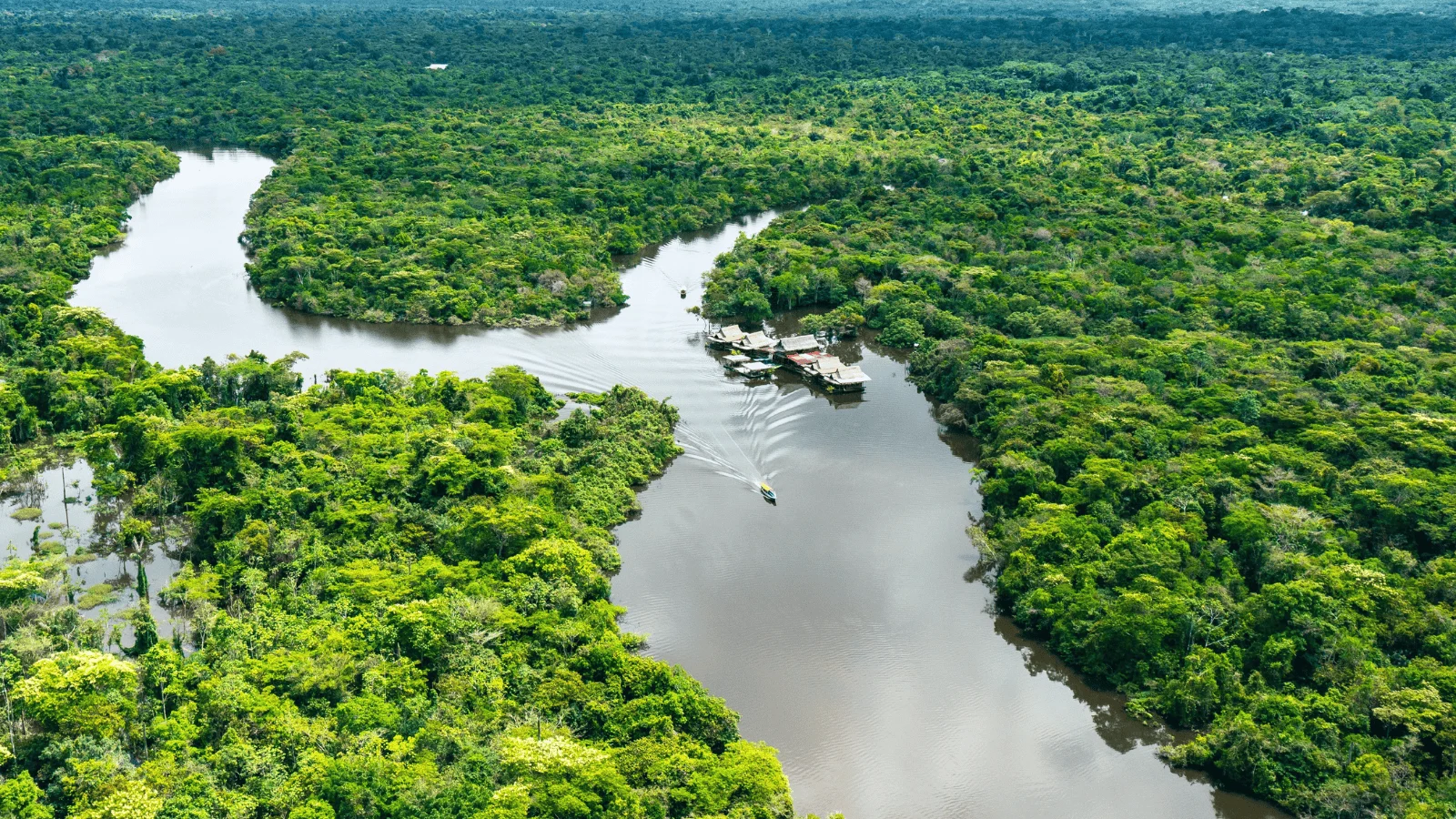
Plan your dream trip to the Amazon Rainforest while you still can. The Amazon Conservation Association estimates that deforestation currently impacts 17% of the Amazon. It warns that once this level reaches 20-25%, the world’s largest rainforest may cease to exist.
Monteverde Cloud Forest
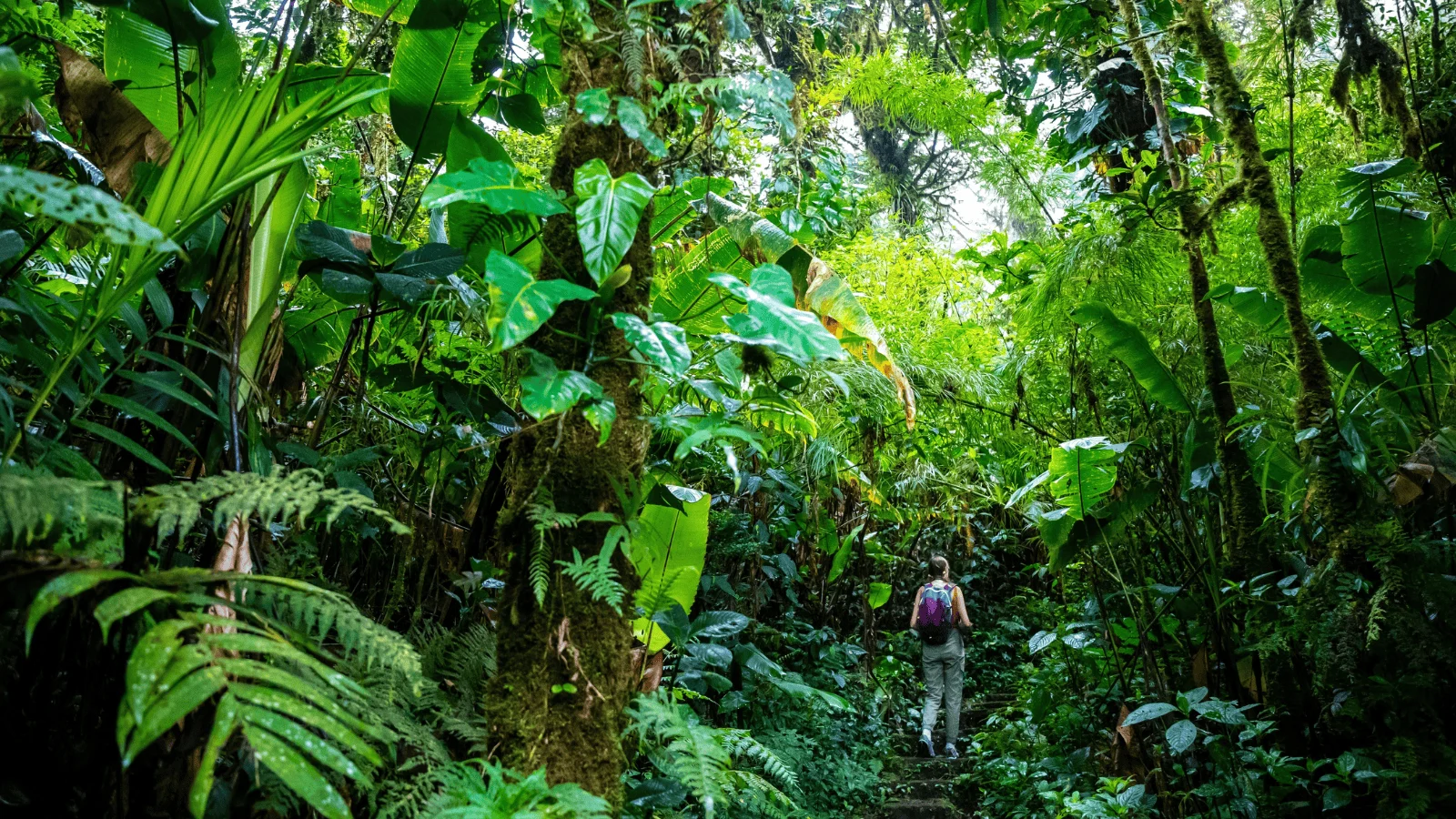
Rising temperatures worldwide negatively affect the lush vegetation Costa Rica’s Montverde Cloud Forest is known for. The forested area becomes dryer every year as humidity levels drop and cloud cover dissipates. Visit this stunning natural attraction sooner rather than later to experience the vibrant ecosystem before significant extinction events occur.
Florida Everglades
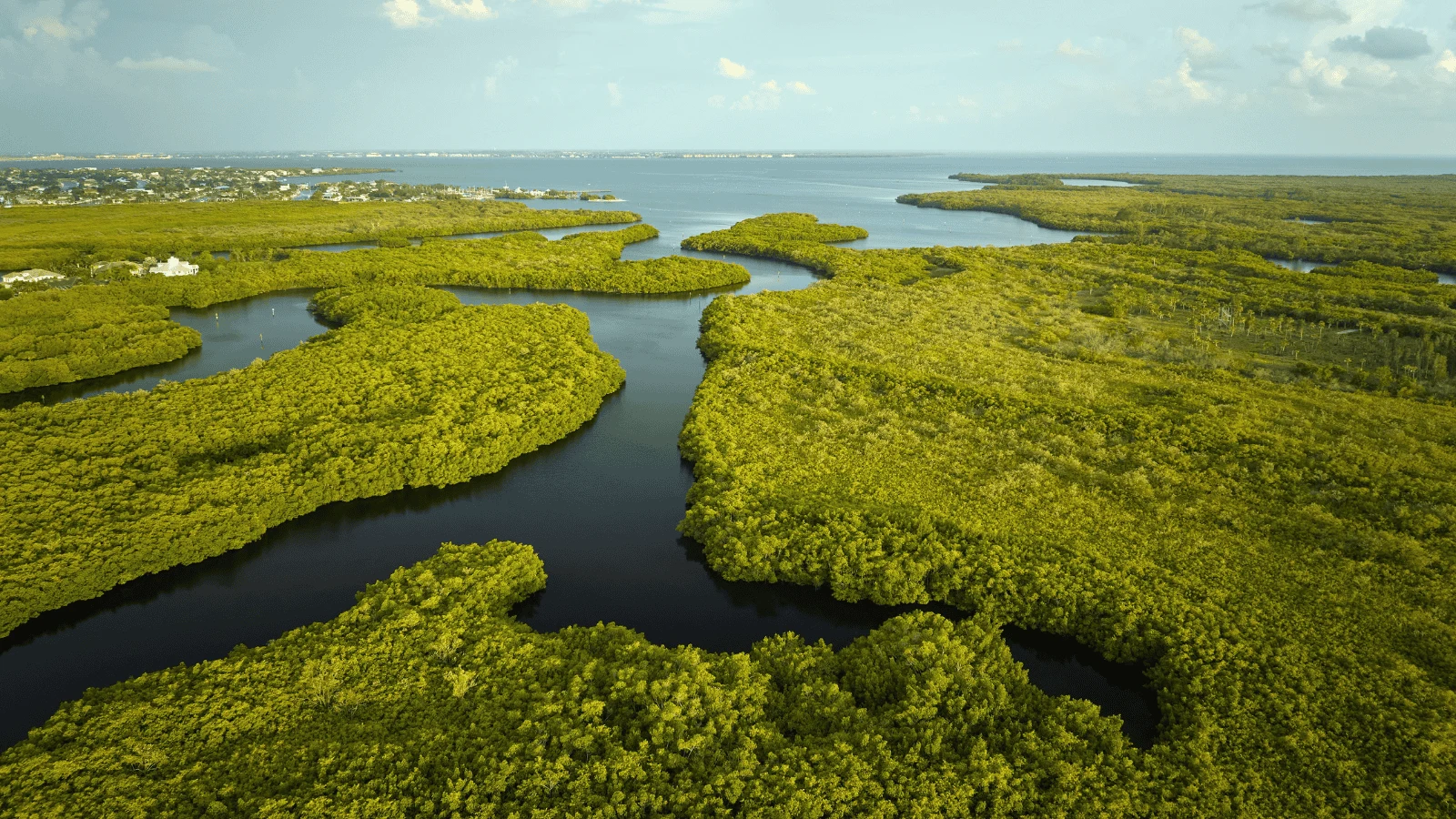
The Florida Everglades have been fighting high phosphorous levels and poor water quality for decades. This phenomenon has impacted tens of thousands of wetland acres, risking the lives of resident plants and animals. Restoring the Everglades is essential to protecting threatened species and preserving the region’s cultural significance.
Tropical Andes
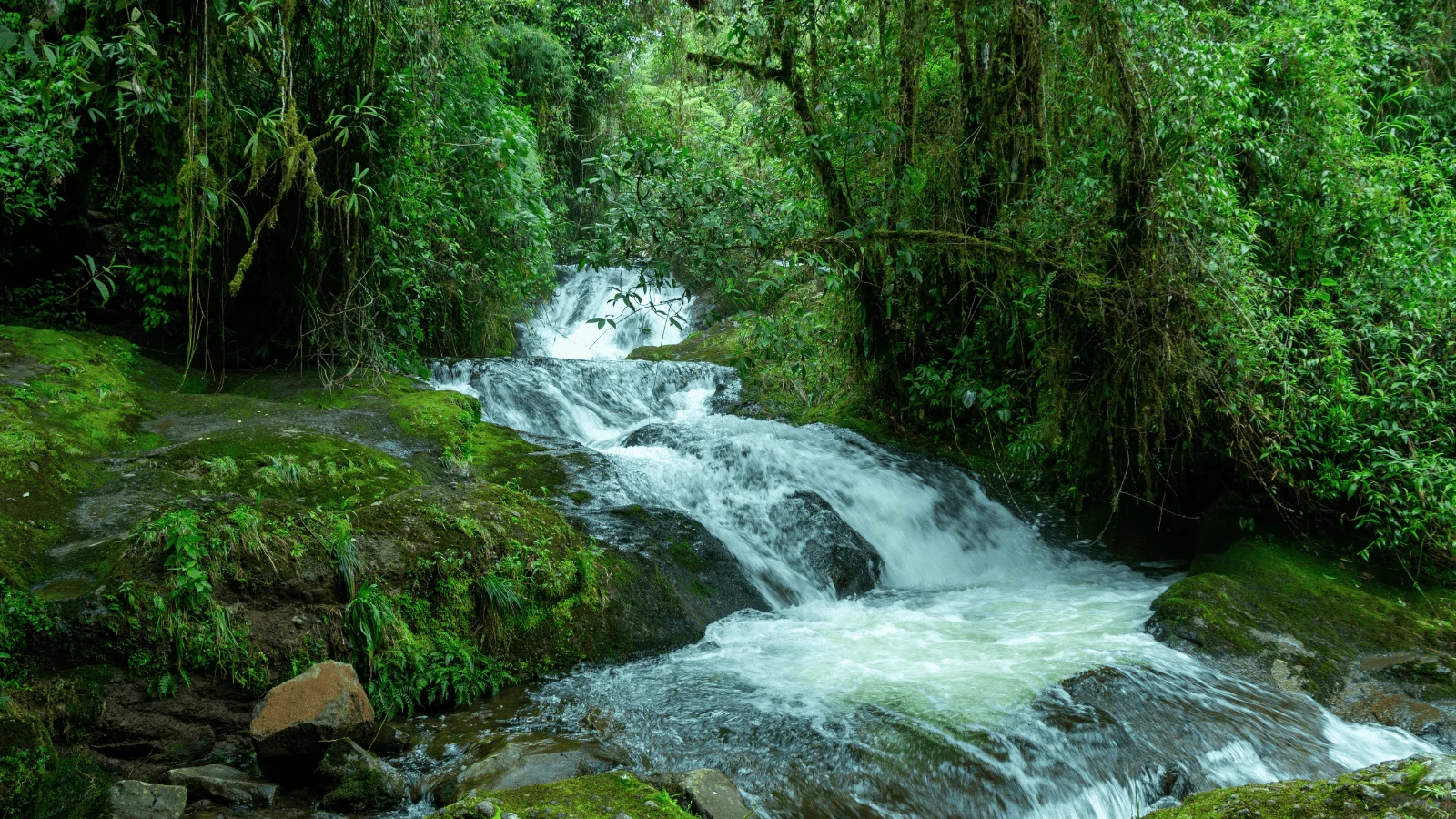
The Tropical Andes region is one of the world’s most biologically diverse locations. Increased human presence in the area has led to deforestation, soil and water contamination, and illegal hunting.
The Critical Ecosystem Partnership Fund estimates that less than 10% of the original habitats remain in some parts of the Tropical Andes. Individuals, governments, and businesses must take action to protect this biodiversity hotspot while there’s still time to save it.
Visit the world’s most endangered locations while you can
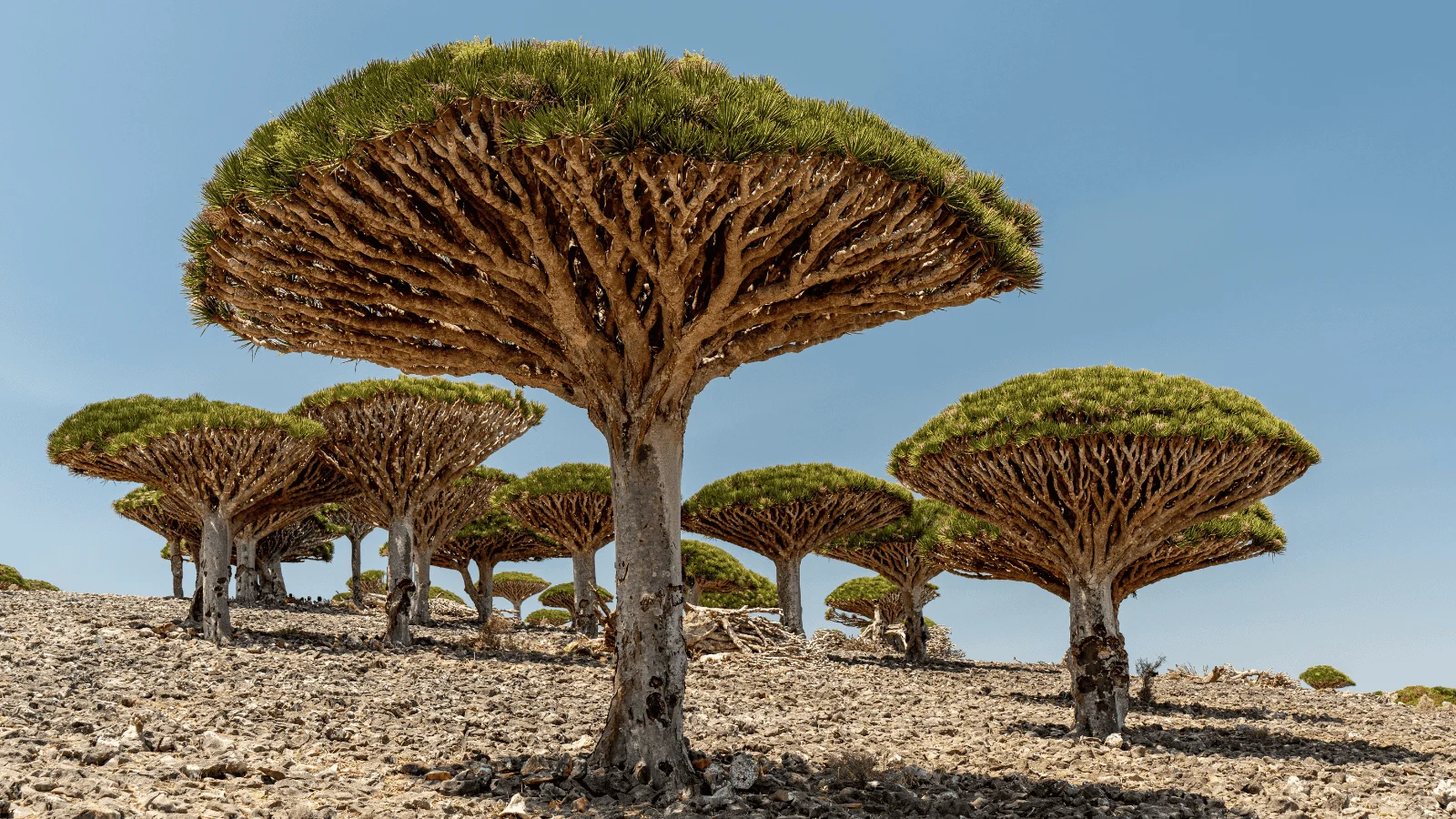
Many worldwide destinations suffer from climate change, over-tourism, and urban development. These are the most at-risk places that may cease to exist in your lifetime.
19 Endangered Places That Might Vanish by 2100
The US might lose these threatened places forever
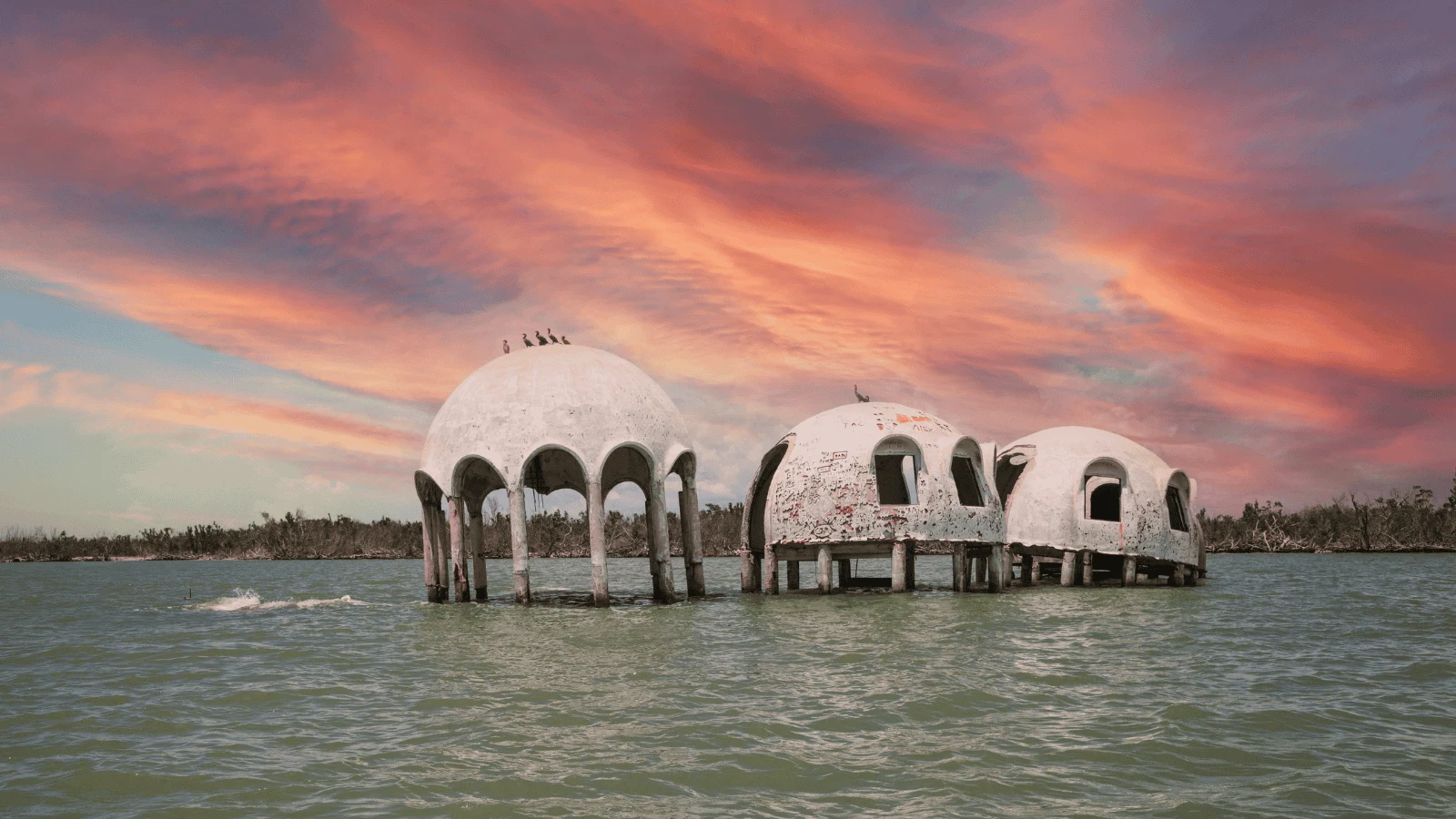
Some of the world’s most fascinating endangered destinations are in the U.S. Visit the country’s top at-risk locations before they’re gone forever.
15 Endangered Places in the US to Visit Before They Disappear

Elise Armitage is an entrepreneur and founder of What The Fab, a travel + lifestyle blog based in California. At the beginning of 2019, Elise left her corporate job at Google to chase her dreams: being an entrepreneur and helping women find fabulous in the everyday. Since then, she’s launched her SEO course Six-Figure SEO, where she teaches bloggers how to create a passive revenue stream from their website using SEO. Featured in publications like Forbes, Elle, HerMoney, and Real Simple, Elise is a firm believer that you can be of both substance and style.

